I came across one more issue while resolving the previous problem:
So, I have this data:

For each route -> I want to get only those rows where ob exists in rb. Hence, this output:

I know this also needs to worked through a temp table. Earlier I was doing this as suggested by @smb:
select * from table_name as a
inner join
(select load, rb from table_name
group by load, rb) as b
on a.load = b.load
and
a.ob = b.rb
but this solution will give me:

And this is incorrect as it doesn’t take into account the route.
It’d be great if you guys could help :)
Thanks